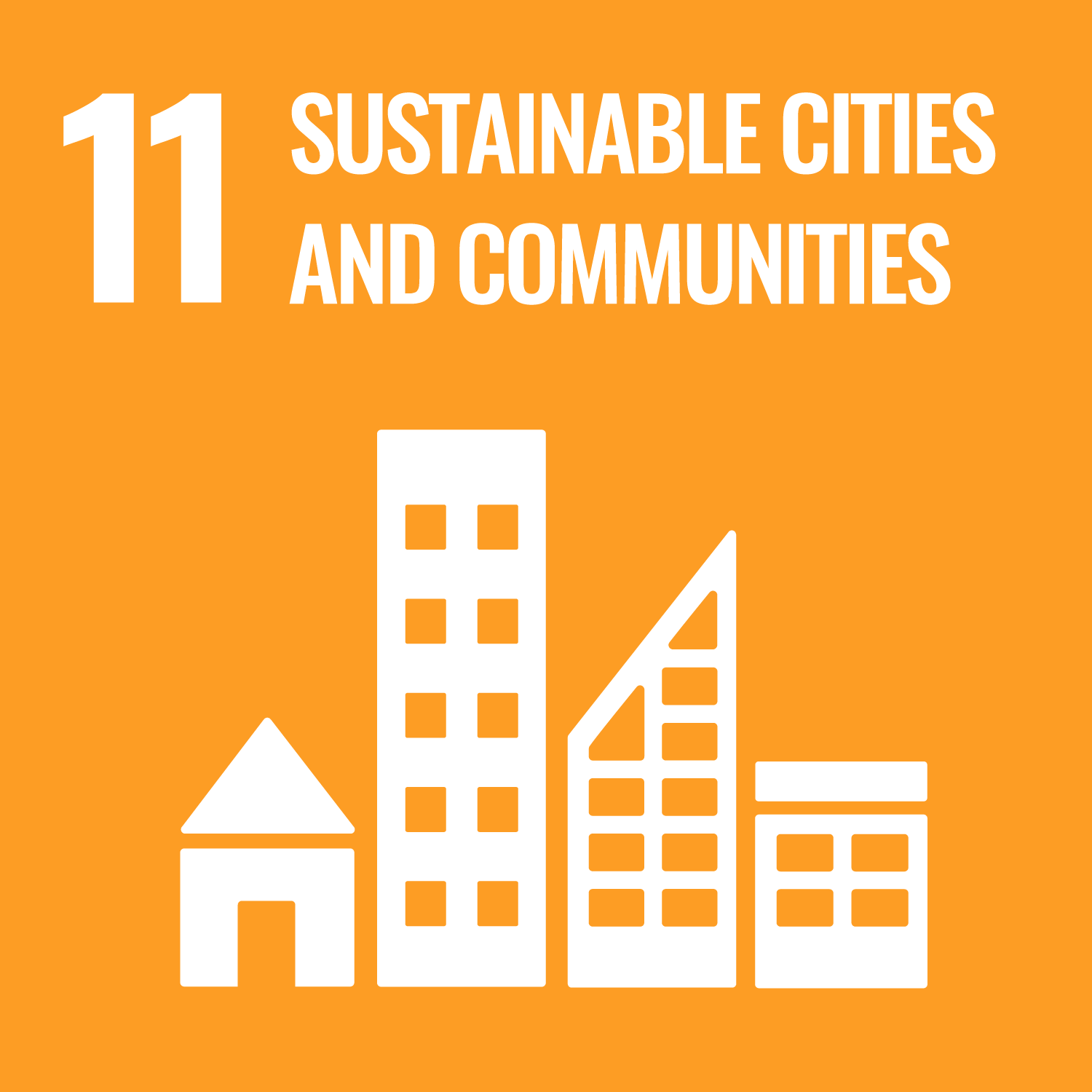Kakchapati, S., Mainali, S., de Siqueira-Filha, N.T. et al. (7 more authors) (2025) Study protocol for developing an urban deprivation index in Nepal: Data review, measurement, visualization and real-world application in urban poverty alleviation. PLOS ONE, 20 (6). e0324837. ISSN 1932-6203
Abstract
Background Over the last two decades, Nepal has experienced substantial urbanization, with an increasing number of people choosing to move to cities. Although cities offer a wealth of opportunities, it also provides significant challenges. Many of those migrating to and living in cities contend with poor conditions and live in poverty. Defining and measuring urban deprivation is challenging due to its multi-dimensional nature, encompassing various dimensions such as housing, employment, living expenses, education, healthcare, and other unique challenges associated with city life. This study draws on the ‘Domains of Urban Deprivation Framework’ and evaluates the availability, commonness, and applicability of these domains. It measures multiple urban deprivation indices relevant to the context of Nepal.
Method The research will commence with a review of the availability of data covering the urban domains listed in the Urban Deprivation Framework within routine data collected in Nepal at the province, district, and municipal levels. This will involve examining existing datasets and identifying any gaps or limitations in the data that could impact the construction of the local urban deprivation indices. To understand the commonness of different urban deprivation within different urban contexts in Nepal, a Delphi survey will be conducted in two municipalities and nationally with government policymakers, community representatives, data experts/researchers, and civil society actors. In the three urban contexts, stakeholders will prioritize and weigh the indicators according to their respective urban contexts and rank domains that reflects the priorities across different geographical areas and stakeholder communities. We will compare responses across these groups of stakeholders and explore contextual differences. The composite score for each domain will be calculated by summing the weighted scores of all indices and normalizing the results to ensure that they fall within a defined range. We will then plot the deprivation indices in urban areas at the provincial, district, and municipal levels. The urban deprivation index in Nepal will provide granular data that will enable policymakers and stakeholders to explore the urban deprivation index visually and access key insights for informed decision-making and resource allocation.
Metadata
| Item Type: | Article |
|---|---|
| Authors/Creators: |
|
| Editors: |
|
| Copyright, Publisher and Additional Information: | © 2025 Kakchapati et al. This is an open access article under the terms of the Creative Commons Attribution License (CC-BY 4.0), which permits unrestricted use, distribution and reproduction in any medium, provided the original work is properly cited. |
| Dates: |
|
| Institution: | The University of Leeds |
| Academic Units: | The University of Leeds > Faculty of Medicine and Health (Leeds) > School of Medicine (Leeds) |
| Funding Information: | Funder Grant number Department for International Development Not Known |
| Depositing User: | Symplectic Publications |
| Date Deposited: | 04 Jul 2025 11:50 |
| Last Modified: | 04 Jul 2025 11:50 |
| Status: | Published |
| Publisher: | Public Library of Science (PLoS) |
| Identification Number: | 10.1371/journal.pone.0324837 |
| Related URLs: | |
| Sustainable Development Goals: | |
| Open Archives Initiative ID (OAI ID): | oai:eprints.whiterose.ac.uk:228667 |
Download
Filename: journal.pone.0324837_Study protocol for developing an urban.pdf
Licence: CC-BY 4.0



 CORE (COnnecting REpositories)
CORE (COnnecting REpositories) CORE (COnnecting REpositories)
CORE (COnnecting REpositories)